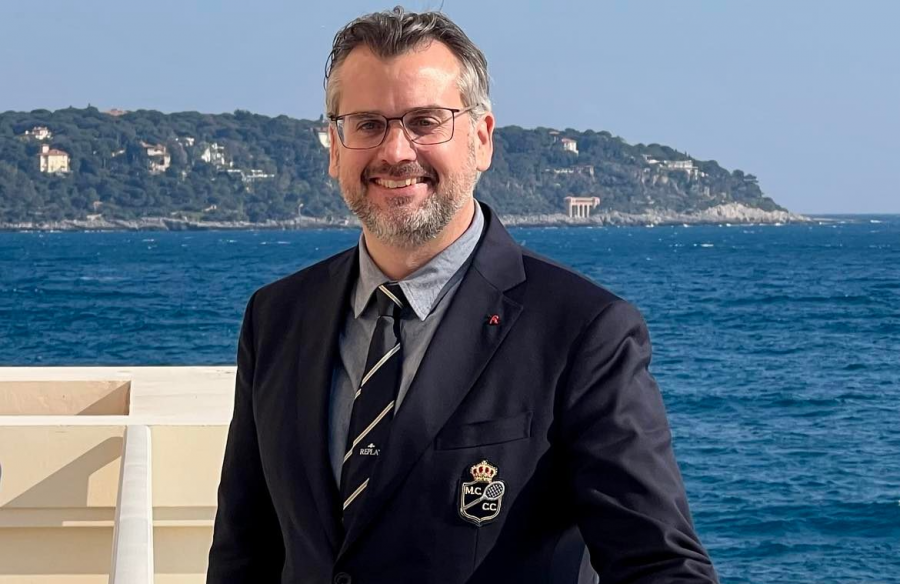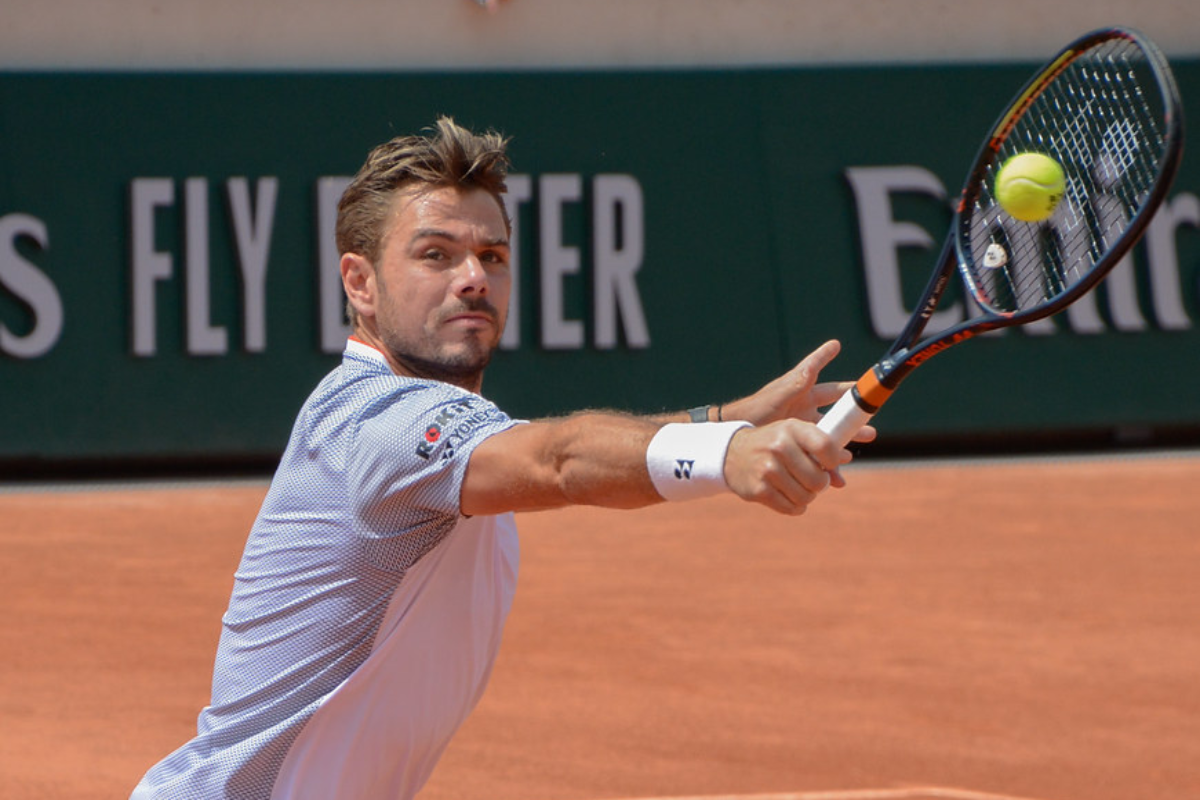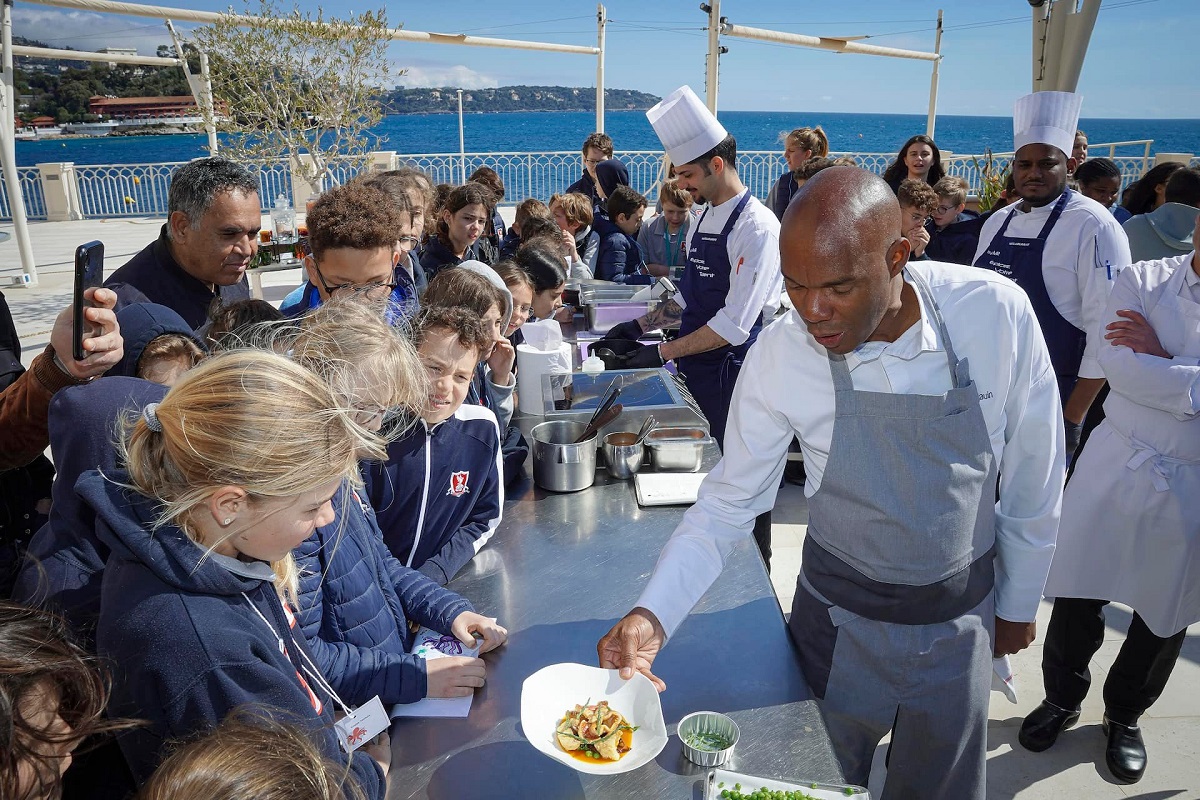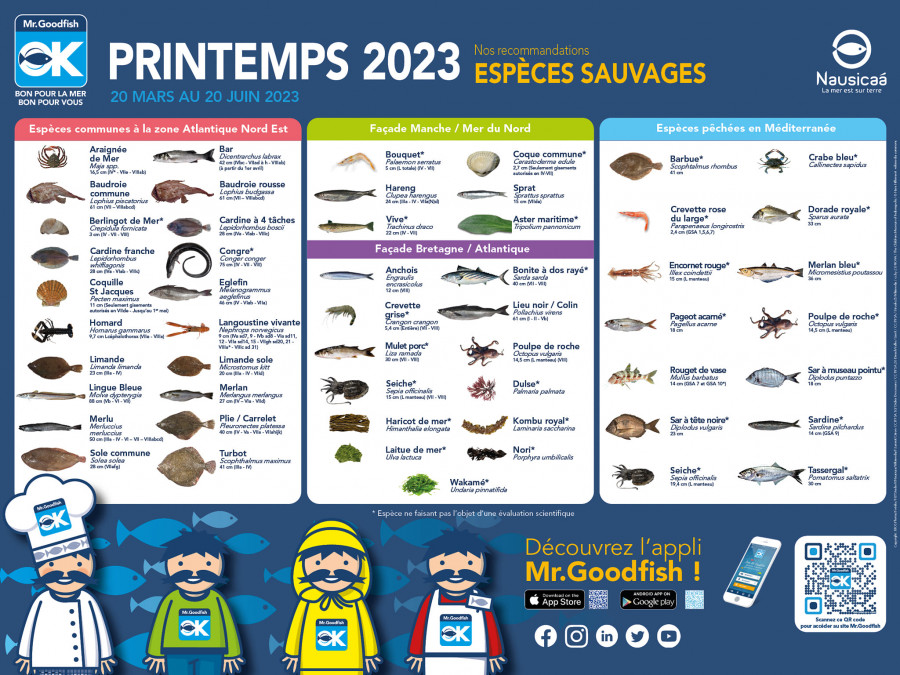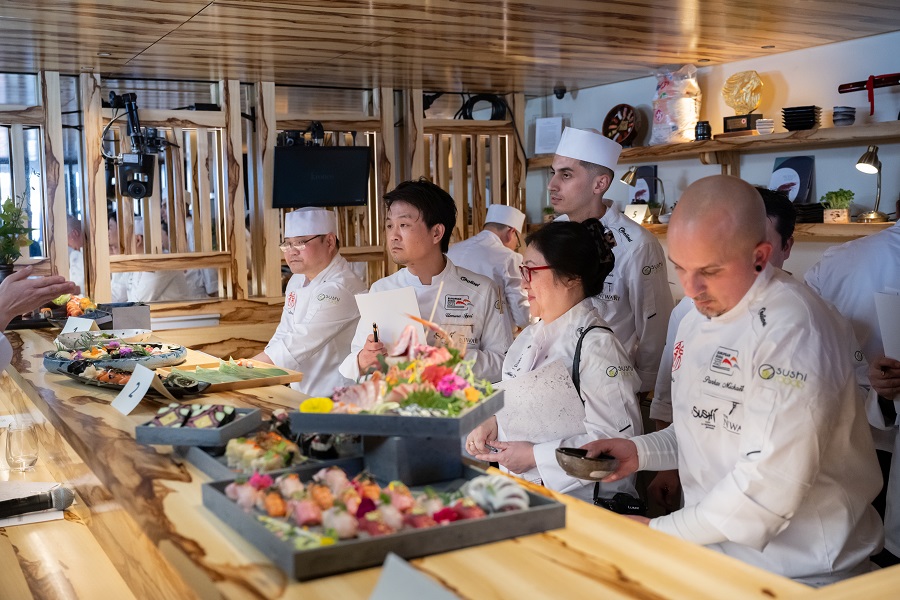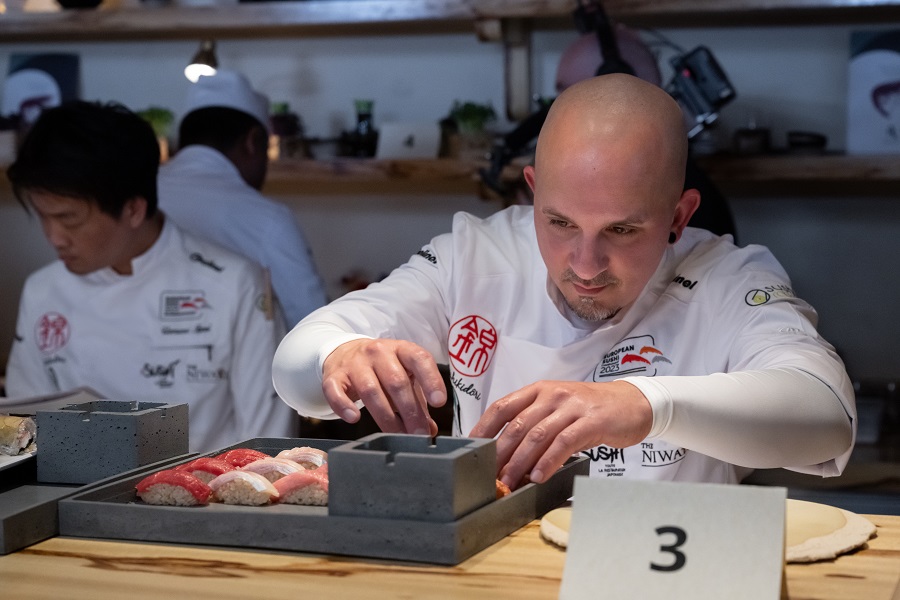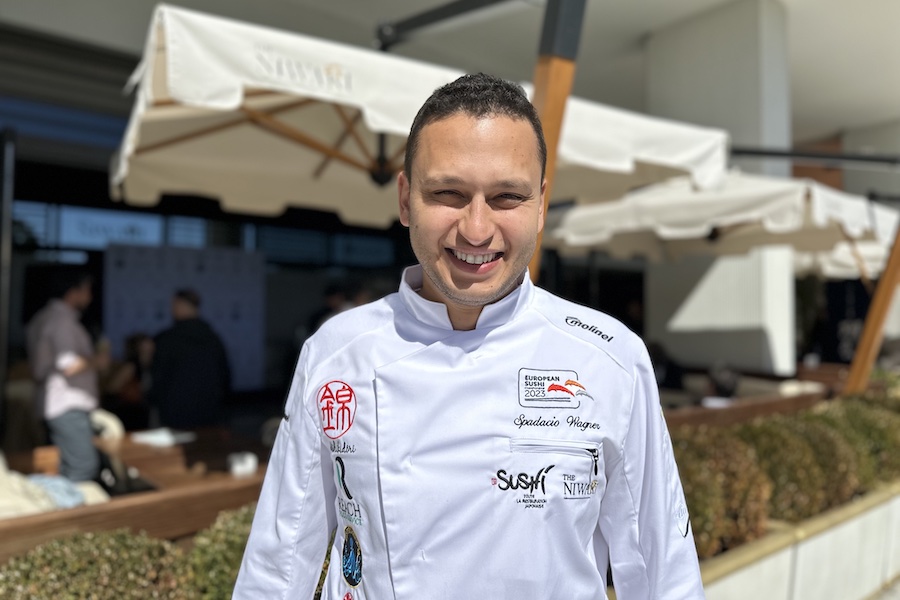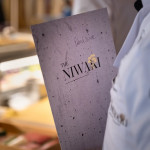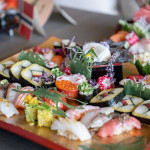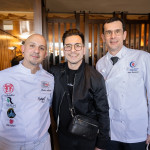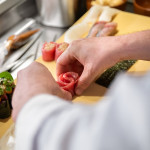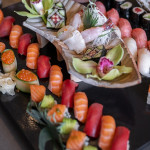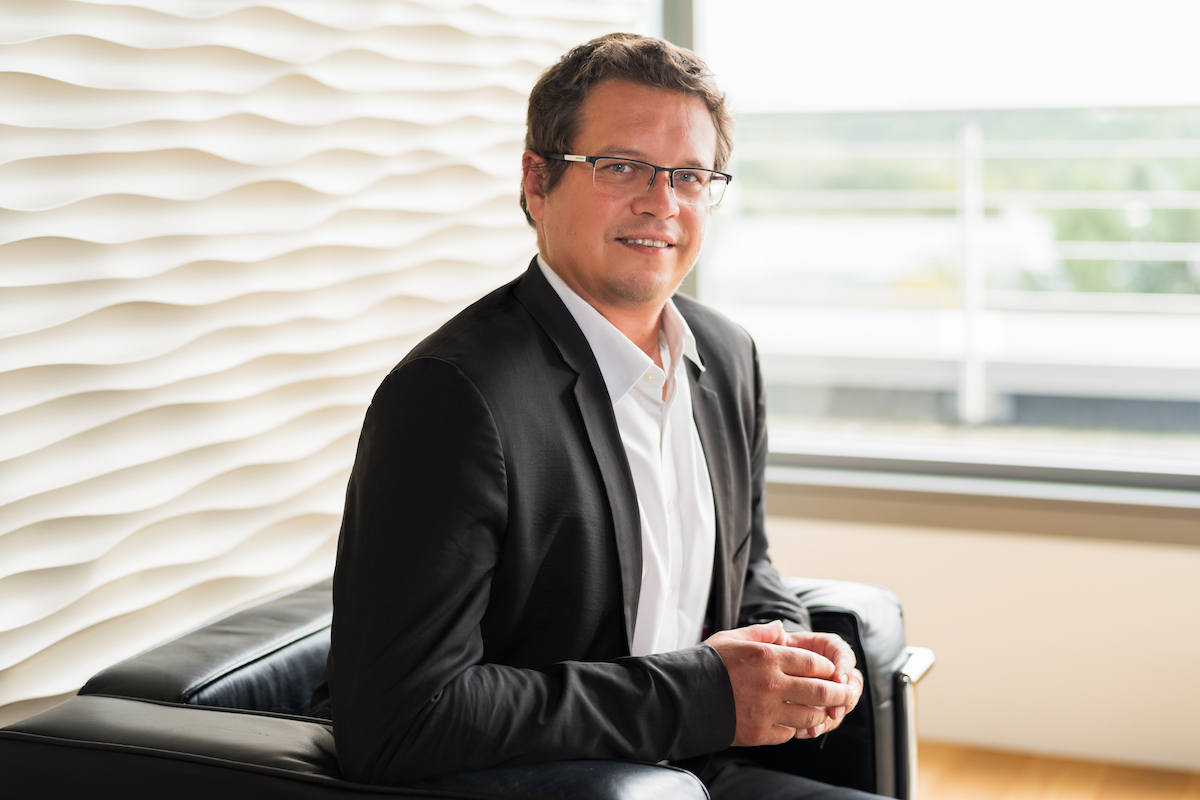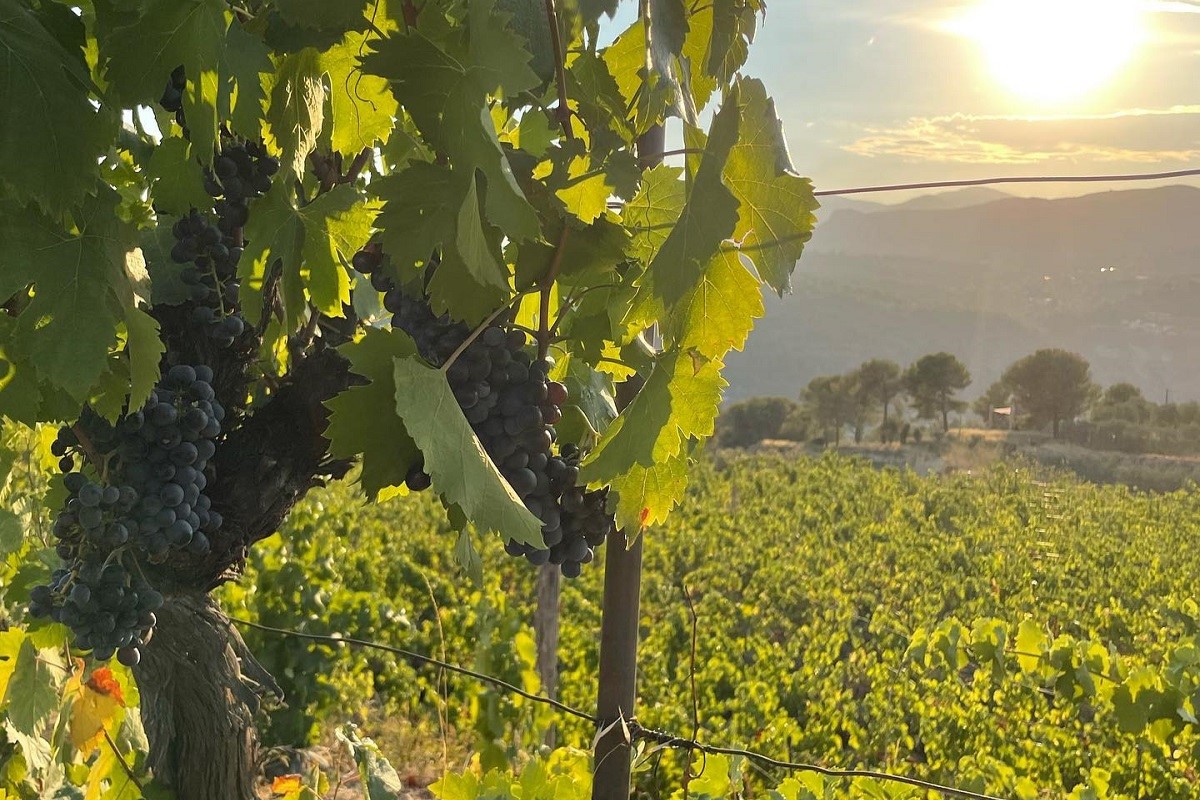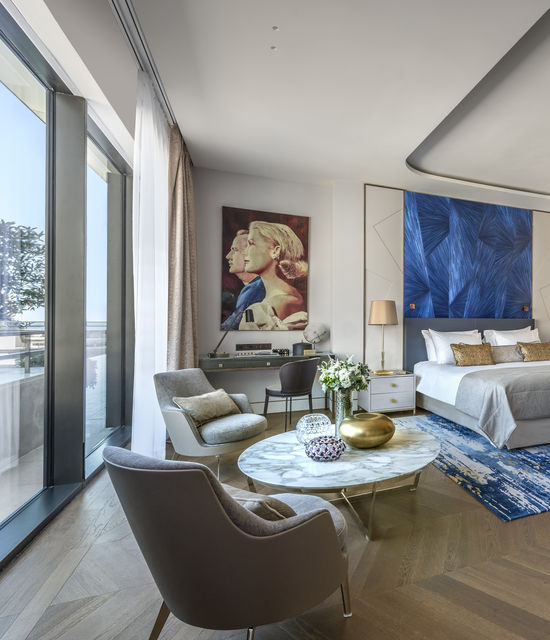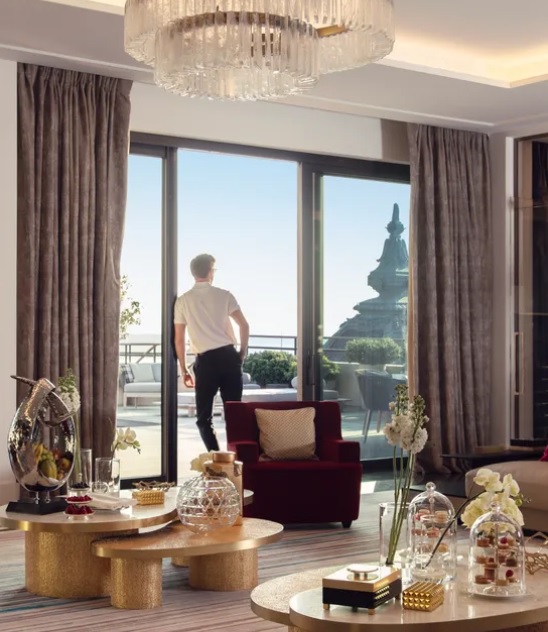Monaco Life talks to Banque Havilland’s risk expert Gil Huart about the local impact of the biggest US banking crisis since 2008.
Over a matter of days, two of the world’s biggest banks located on opposite sides of the Atlantic collapsed, sending the financial world into a spin. Silicon Valley Bank (SVB), a vital source of funding for tech start-ups and venture capital firms, was shut down on 10th March and taken over by the US Government after its clients withdrew billions from their accounts.
Just two days later, Signature Bank became the third-largest US bank failure when it suffered a €10 billion run on its deposits, making it insolvent.
Over in Switzerland, Credit Suisse, a behemoth of European banking with assets stretching across the globe, saw its shares plummet after an annual report uncovered “material weaknesses” related to its financial reporting. Likewise, nervous investors withdrew their deposits en masse and the bank’s competitor, UBS, came to the rescue in a government-backed deal.
It is no wonder then that the biggest US banking failure since the 2008 financial crisis sparked fears over the stability of the banking sector. But as Gil Huart, Banque Havilland’s Group Chief Risk Officer, explains, the two situations are markedly different.
“This is very different because 2008 was more systemic,” says Gil Huart. “That was a subprime issue, mortgages with high leverage sold to many US clients. These loans were then repackaged (securitised) and sold to other financial institutions worldwide with a very good rating from credit rating agencies, as these securities were guaranteed by monoline credit insurers. When US house prices fell, it created a domino effect and led to a worldwide contamination. Now, the crisis is mainly localised in the US because it is due to weak regulation of small banks.”
Loosening of US banking regulation behind collapse
In 2018, former president Donald Trump watered down key parts of the Dodd-Frank Act, which set stricter rules for the banking sector. Small and mid-sized banks — those with assets below $250 billion, like SVB — were exempted from some of the rigorous capital requirements applied to larger institutions, and from the obligation to undergo tests of their ability to withstand financial stress by the Federal Reserve each year.
Previously, only banks with assets below $50 billion had such loose oversight.
Meanwhile, SVB, America’s 16th largest bank, had recognised a US$1.8 billion loss on its US$21 billion available-for-sale (AFS) securities portfolio as of 31st December 2022, and its client base – 44% of which were venture backed technology and healthcare IPOs – panicked. The tech-savvy CEOs used online communication to share their concerns, accelerating the bank run.
“The crisis in crypto currencies and the tech industry as a whole generated doubt in these companies, particularly with big bankruptcies like FTX (Bahamas-based cryptocurrency exchange),” explains Huart. “Social media started to ask what the first impacts would be, and the soundness of the two main banks in the US who were specialised in dealing with crypto/tech companies, SVB and Signature Bank, were questioned. So, a lot of people started to withdraw their deposits.”
On Tuesday, US lawmakers interrogated officials in charge of regulating the nation’s banks as it attempts to understand why Silicon Valley Bank failed, and what it might do to prevent a repeat. Lawmakers were told it was a “textbook case of mismanagement”.
What was the impact in Europe?
Following the 2008 financial crash, regulators in Europe tightened rules for banks to ensure they were better able to cope with potential losses, and to discourage excessive risk-taking.
Therefore, amid this month’s market turmoil in the US, the EU banking sector “remained strong”, President of the European Central Bank (ECB) Christine Lagarde confirmed on Monday 27th March.
Lagarde told lawmakers at her quarterly Monetary Dialogue with the European Parliament that liquidity ratios – which look at the amount of free cash a bank holds to repay short-term debt – are particularly robust. They are “way above minimum requirements,” she said.
“Confidence in the banking industry is very important,” says Huart. “You can always have a domino effect with a lack of confidence, but what has been put in place by the ECB is a good sign for investors that European banks are sound.”
The Credit Suisse effect?
“Credit Suisse was a collateral victim of this crisis,” says Gil Huart.
Founded in 1856 as a bank for the ultrawealthy elite, Credit Suisse was Switzerland’s largest bank in terms of total assets.
Its implosion on 14th March follows years of missteps and scandal, including significant customer withdrawals, a high-profile data breach, risk and compliance issues, financial losses and the fallout from its relationships with collapsed hedge fund Archegos and Greensill Capital.
“The client deposit base of Credit Suisse decreased by almost 50% in one year,” says Huart. “When you have this kind of liquidity and reputational issues, it is very difficult to get out of. Even if FINMA, the Swiss regulator, tried to support them by setting an emergency liquidity line, it was not enough. So, it appeared that the only solution was a merger with UBS to avoid the domino effect and limit the contagion to other banks.”
As part of the $3.2 billion takeover deal, approximately 16 billion francs ($17.3 billion) in higher-risk Credit Suisse bonds were wiped out, leaving investors with hefty losses.
Meanwhile, the fact that the two biggest and best-known Swiss banks have merged into one strikes at Switzerland’s reputation as a global financial centre, that is on the cusp of having a single national banking champion and a “more than too big to fail” attitude.
Is it good news for Monaco banks?
While investigations continue in the United States, the impact for investors appears to be short-lived.
“The next days or weeks will be crucial. If no additional event happens, the crisis will be almost forgotten about,” reveals Huart, “and so far it has not had a lot of impact on Monaco, to be honest.”
However, it has given the Principality’s banking centre an opportunity to reaffirm its strong position.
“I am sad for a lot of colleagues who are suffering now from the crises, but Banque Havilland is very well positioned, we have made sure the impact is extremely limited,” says Huart. “Every crisis creates opportunities, and for us it is an opportunity to be very well placed because we have very good liquidity and solvency ratios. So, the crises can benefit Monaco in terms of banks who can demonstrate their soundness, which I believe they are.”
Photo of Gil Huart provided
